Five extreme snow railroading facts
Five extreme snow railroading facts belie the fact that snow can be pretty. It’s the perfect medium for sledding, skiing, or making snowmen. But, when an infinite number of the little flakes gather in the wrong place or take a ride on a stiff wind, they go from pretty to pretty ugly in about the time it takes to shiver like Jack Frost. Most of the time, the energy unleashed by their locomotives can power a railroad through the storm. There are times, however, when those pesky frozen flakes have won out. Here are five mind-blowing snow and train facts.
No. 1: Snowbound on Donner Pass
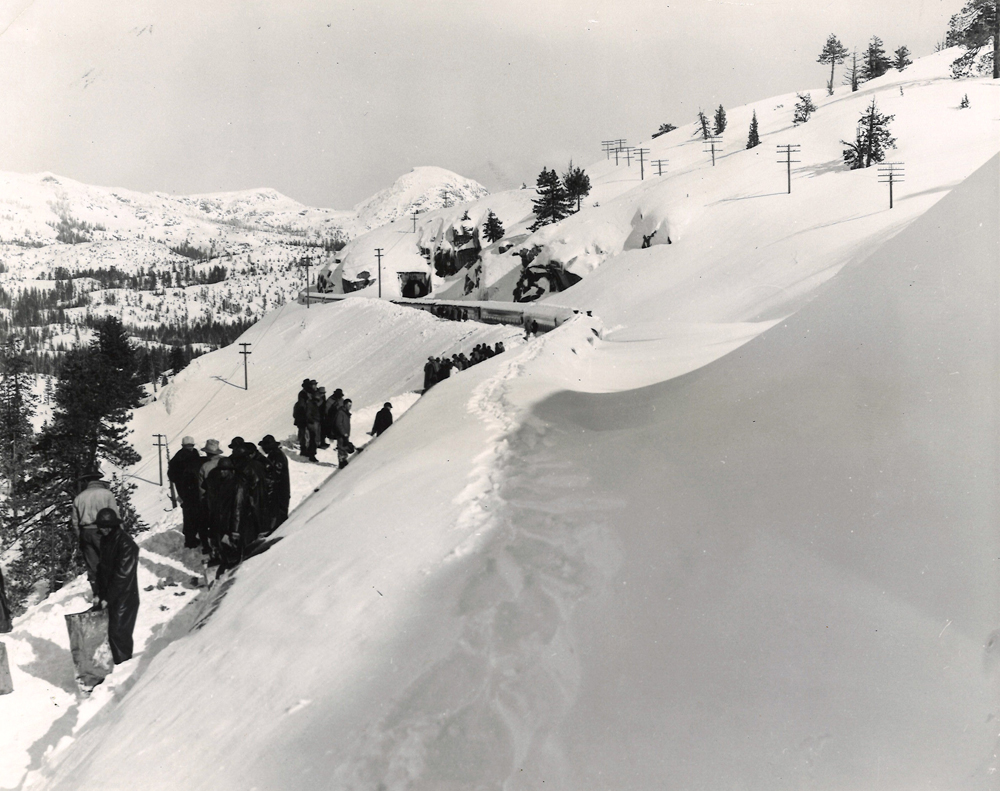
Jan. 13, 1952, was a bad day in the history of the Union Pacific’s City of San Francisco streamliner. The train that crossed the Southern Pacific’s Donner Pass in California became stranded when it hit two huge snow slides between Crystal Lake and Emigrant Gap. That happened at 12: 15
p.m., in a blinding snowstorm. By night fall the winds were whipping by at nearly 100 mph, temperatures plummeted to 22 degrees, and the snow had piled to 206 inches (a bit over 17 feet). Despite all-out rescue efforts, the 226 City of San Francisco passengers were not rescued for over 72 hours. It was not until 3:20 p.m., Jan. 16, that the passengers were led from the train, walking along snow-covered paths to U.S. Route 40. Here private cars were enlisted for the 5-mile drive to Nyack Lodge. They were on their way to some of California’s warmer areas. Read in greater detail the adventure of the stranded streamliner by following this link to Classic Trains.
No. 2: The lowly snowflake halts a locomotive icon
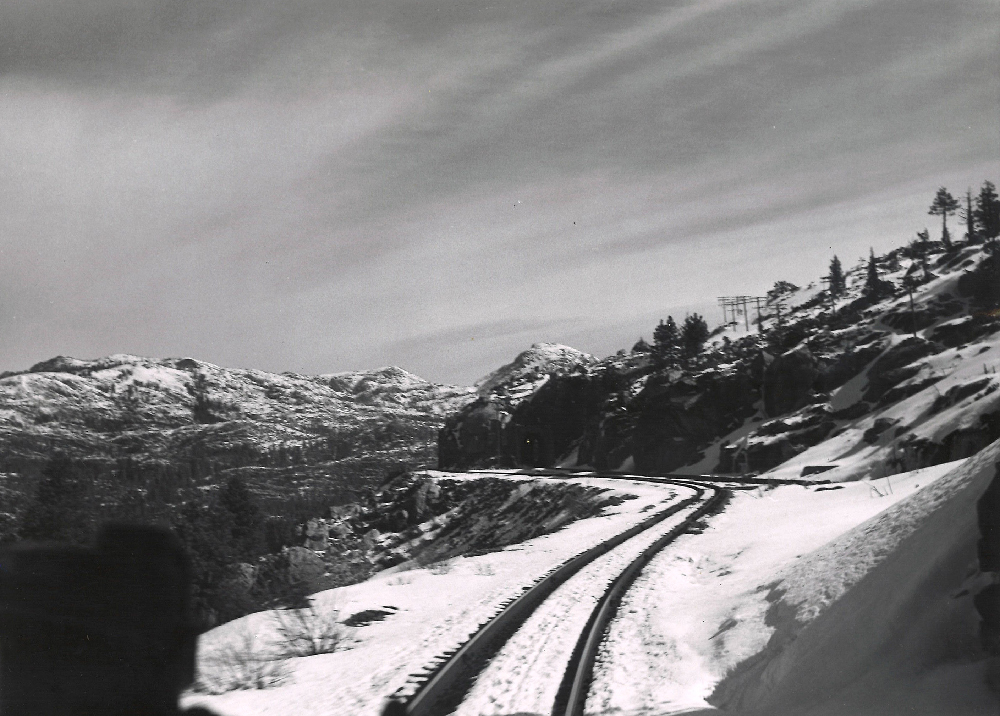
Raymond Loewy’s body design for the Pennsylvania Railroad GG1 electric motor is a classic. The smooth curves, the symmetry in sheet metal, and original “cat whisker” paint scheme stand as an icon in American railroading. In this case, however, Mother Nature decided to have some fun with Mr. Loewy.
In February 1958 an unusual snowstorm hit the Northeast. Low temperatures combined with high winds created a fine snow. As the GG1s dashed along what is now Amtrak’s Northeast Corridor, the fine snow was sucked into the air intakes positioned low on the body. Once inside the locomotive, the snow melted and began to play havoc with the electrical equipment. Quickly, the traction motors shorted out and the GG1s ground to a halt. More than half the fleet was disabled by the storm.
Moving the air intake to a location higher on the body was the solution applied to some of the GG1s. While this solved the intake problem, it was not complimentary to Mr. Loewy’s design work.
No. 3: The winter of 1866-67
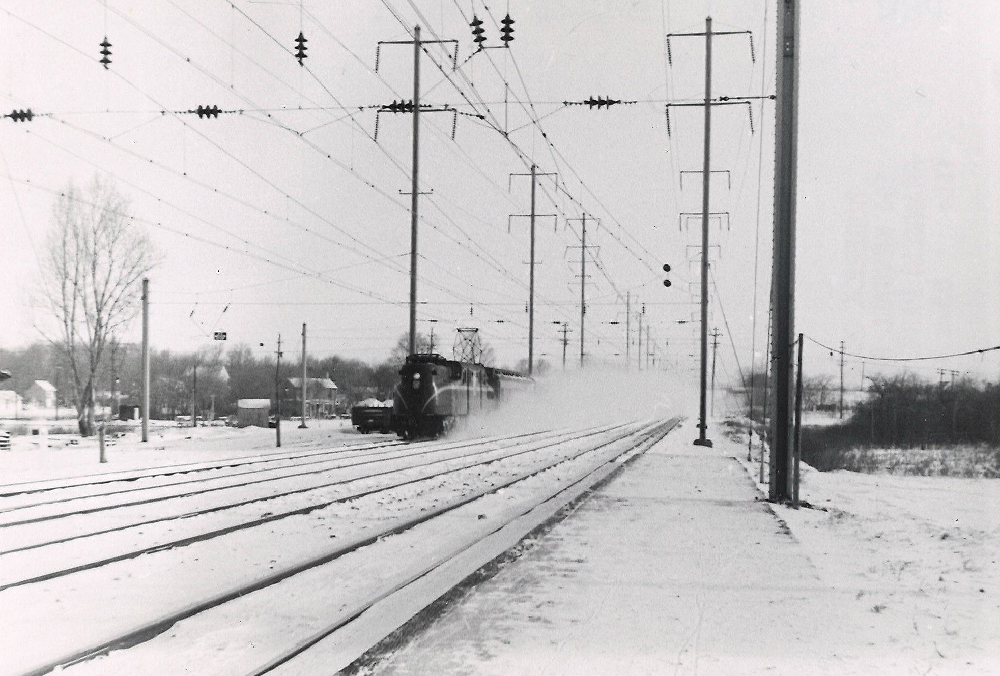
As the temperatures dropped signaling the arrival of another winter in California’s Sierra Nevada Mountains, the Central Pacific Railroad was feverishly building its portion of the Transcontinental Railroad toward the east. At the apex of the Sierra’s, the CP needed to bore what would become the Summit Tunnel, a 1,687-foot-long hole through solid granite. The work fell to the CP’s force of Chinese laborers, who hammered away at the mountain day and night with work being illuminated by candles or lanterns. This was hand labor, with progress measured not in yards or feet, but inches drilled and blasted in a 24-hour period.
Outside the tunnel, 44 separate snowstorms battered Donner Pass that winter. The snow was not measured in inches, but in feet of accumulation. Some storms dumped over 6 feet of snow onto the area around Summit Tunnel. The Chinese workers not only had to bore the railroad tunnel but were forced to dig snow tunnels to reach their frigidly cold shacks that were buried in the snow.
Tragically, numerous avalanches accompanied the snowstorms. It was not uncommon for one of these massive snow slides to carry over the cliff the Chinese huts, snow tunnels, and those occupying them at the time. Even more tragic is that there was little to no rescue effort on the part of the Central Pacific. Fresh workers were brought in to move the Summit Tunnel ahead and those that perished were written off as the cost of doing business.
No. 4: A snow-bound ordeal over Starvation Creek
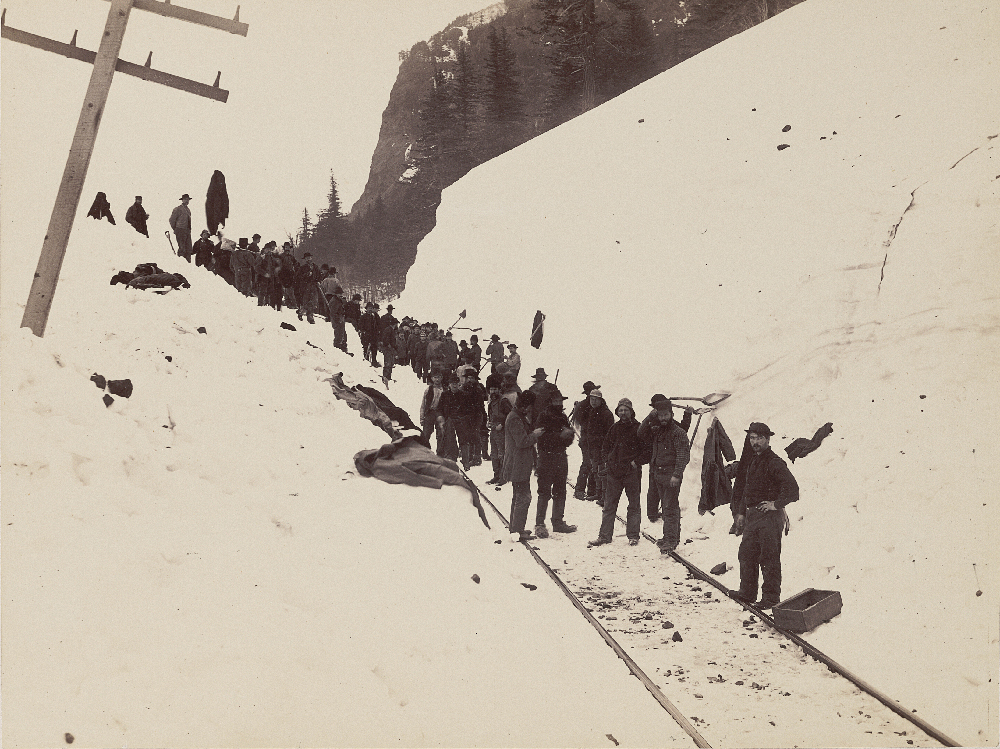
Water cascades down the 186-foot Starvation Creek Waterfall in Oregon’s Columbia River Gorge. It’s a wonderful natural sight tucked about 50 feet beyond a parking area off eastbound Interstate 84. You need to look carefully or this small natural wonder, now an Oregon state park, may illude you.
Roll the calendar back to Dec. 16, 1884, and we’ll meet 148 passengers aboard the Pacific Express who wish they would have blinked to miss the sight of Starvation Creek. From Dec. 16, 1884, until Jan. 6, 1885, these folks were stranded on a trestle in their train over Starvation Creek.
A blizzard had hit the area. On Dec. 15, the train made a failed attempt to push through to Portland, Ore. The following day they set out again, this time the Pacific Express was a combination of two Northern Pacific trains, two from the Oregon Short Line and a local from the Oregon Railroad & Navigation Co. This three-locomotive special made it no more than two miles from Viento, Ore., before plowing into a 25-foot-long snow slide. They were stuck.
The crew managed to shovel enough snow to back the train out of the slide and onto a trestle, only to discover another impassable slide had occurred behind the train. For the next 21 days — including Christmas and New Year’s Day — the train remained trapped between the two snow slides. As coal ran out, passengers broke up the wood seat frames for firewood. A crew of men from Hood River, Ore., was paid $10 per day to pack food into the train. The crew encourage all able-bodied men aboard to leave the train and hike the last 50 miles to Portland, thus conserving food for the rest of the passengers. The Portland Morning Oregonian ran a daily report on the train, some not completely accurate.
On Jan. 6, 1885, an 800-man shoveling crew broke through the snowpack to free the train. Despite newspaper reports to the contrary, no one on the train starved to death. In fact, not one passenger was lost in the snow or died in the ordeal. Somehow, following the newspaper reports, the little river had its name changed to Starvation Creek.
No. 5: Extreme railroading fact in Oregon
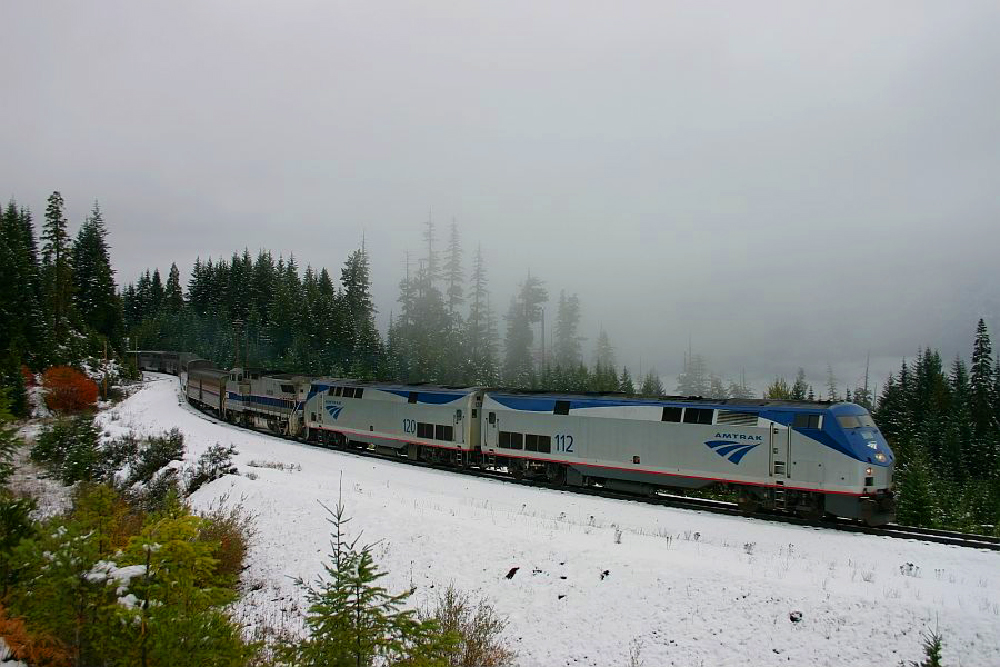
Not to pick on Oregon, but it does seem like the place where trains get stranded in the snow. This time it’s Amtrak’s No. 11, the Coast Starlight, on its way from Seattle to Los Angeles. A blizzard on Feb. 25-26, 2019, pummeled the area around Oakridge, Ore., with 4 feet of snow and high winds. About 6:15 p.m., the Coast Starlight hit a tree that had fallen over the tracks and that was it for the next 37 hours. On a modern train, 183 passengers had just become stranded.
As in the Starvation Creek incident, other matters worked against the snow-bound Coast Starlight. The nearest town, Oakridge, couldn’t lend a hand, as they were facing storm-related problems of their own — downed trees clogging roads and a city-wide power outage. Other fallen trees and drifting made the Union Pacific’s right-of-way, on which the Coast Starlight was traveling, impassable from both directions. On the positive side of the situation, the train still had power for heat, light, and food preparation. Amtrak made sure everyone was fed. As time wore on, however, a diaper shortage grew to the point where some passengers contributed clothing to fill the need. Several college students aboard the train panicked when their professors told them they would not accept being stranded on a train as a legitimate reason to be excused from class.
The Union Pacific was finally able to get a locomotive through to the Coast Starlight and begin pulling the train slowly back to Seattle. Like Starvation Creek, there were no injuries or fatalities, just frustration with Mother Nature expressed over contemporary social media.
Viewing the pristine gathering of frozen flakes from a train can be a wonderful experience. There are other times when the million-flake mob turns angry, deciding to riot in the form of a blizzard, making train travel a nasty experience. Be nice to the flakes.














Not on the same scale as the Wellington avalanche, but “illude” (No. 4, first paragraph)? Even the spell checker here in the comment box recognizes it as a non-word. Try “elude”.
You neglected to include the worst railroad snow event in US history, the Wellington avalanche disaster of March 1, 1910, in which 96 perished.